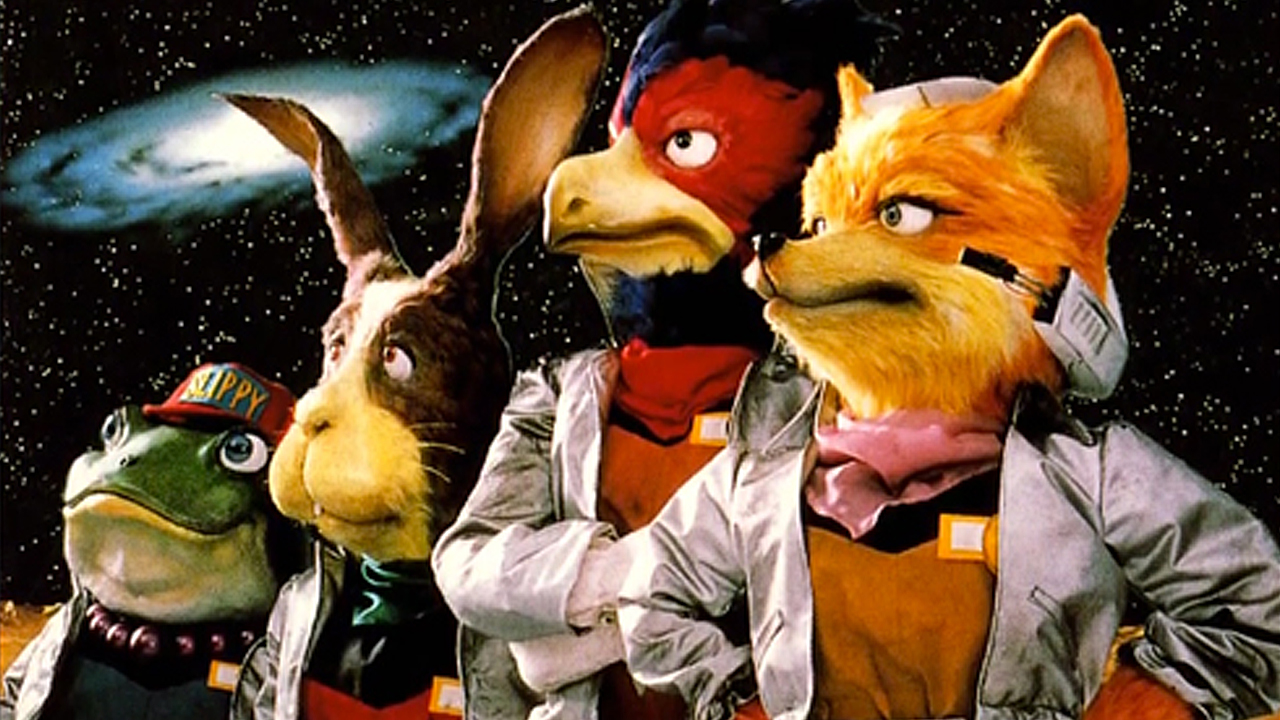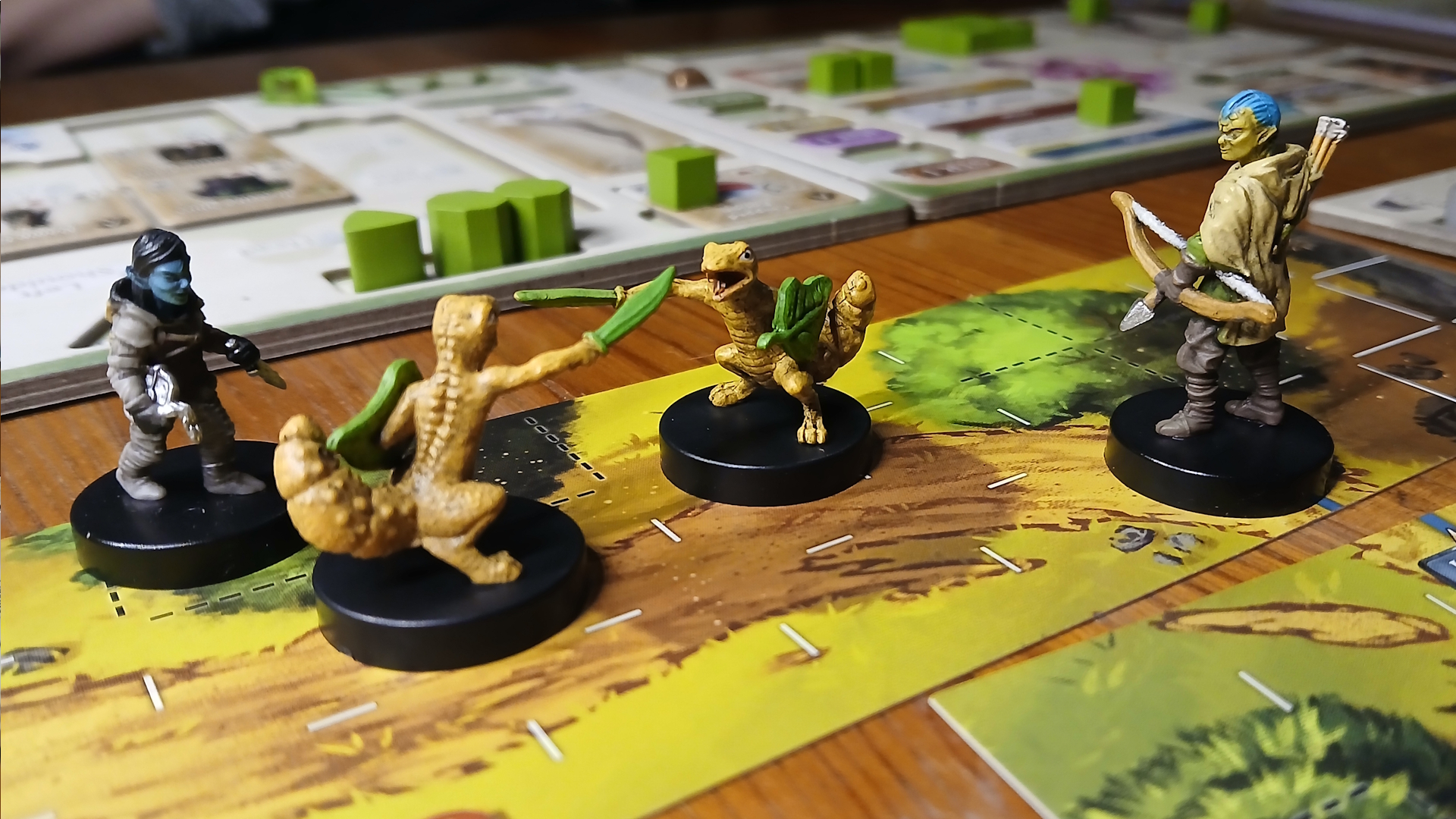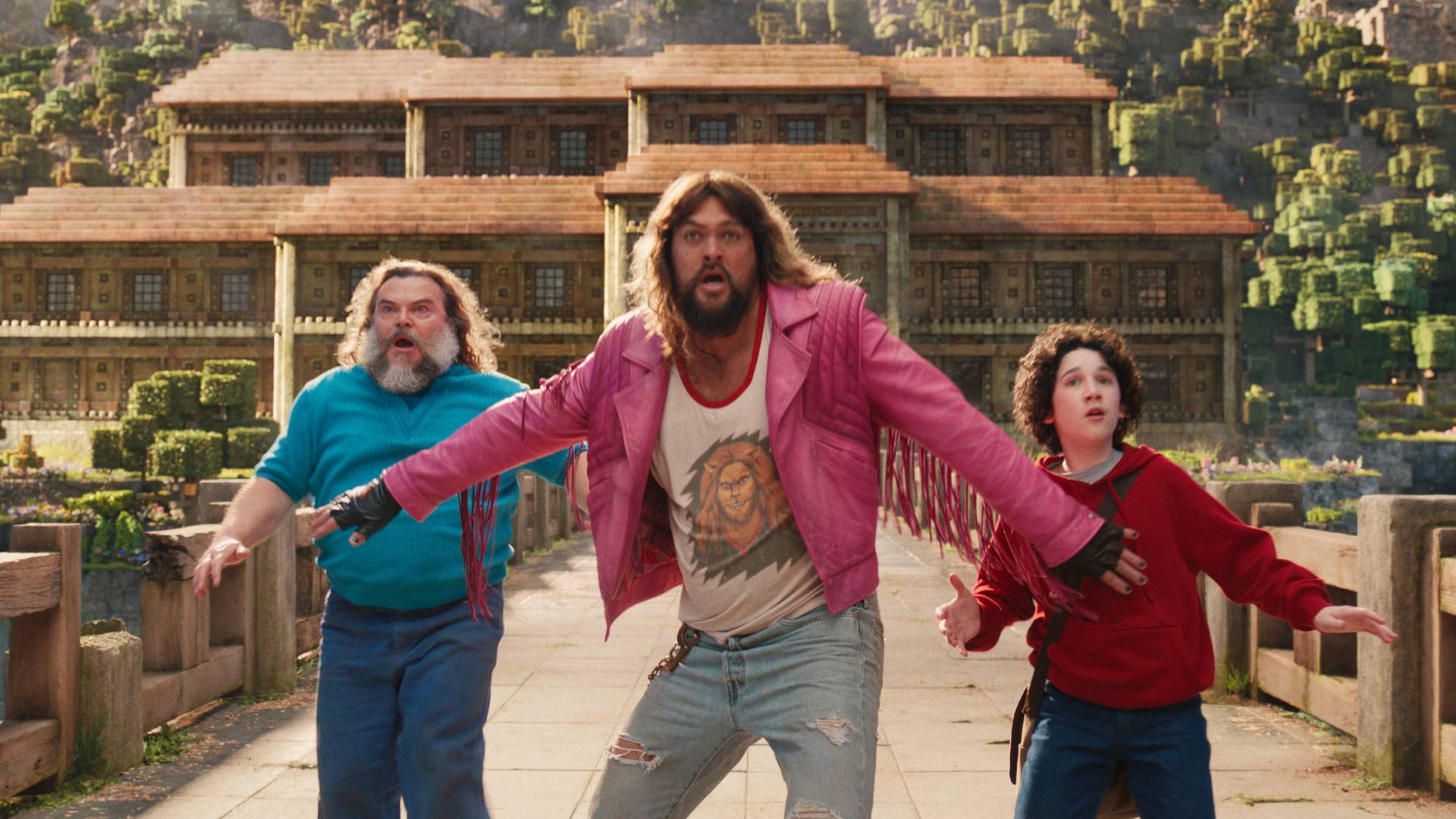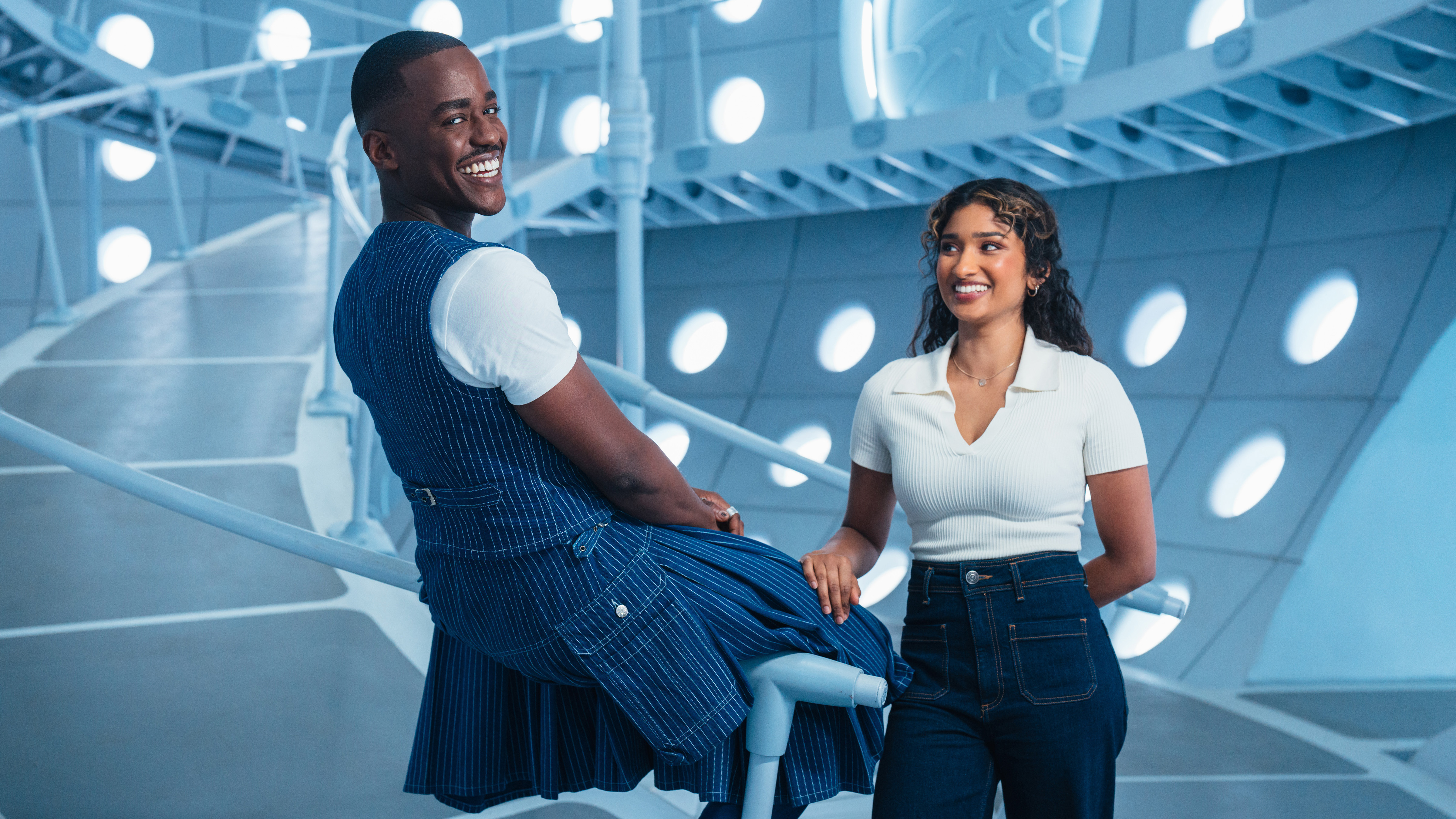Zelda and Star Fox legend Takaya Imamura would "love" to make a Star Wars game with The Witcher 3's CD Projekt Red – and now I'm desperate to make it happen
Interview | There's more to the collab than meets the eye, though he can't promise they would "get along"
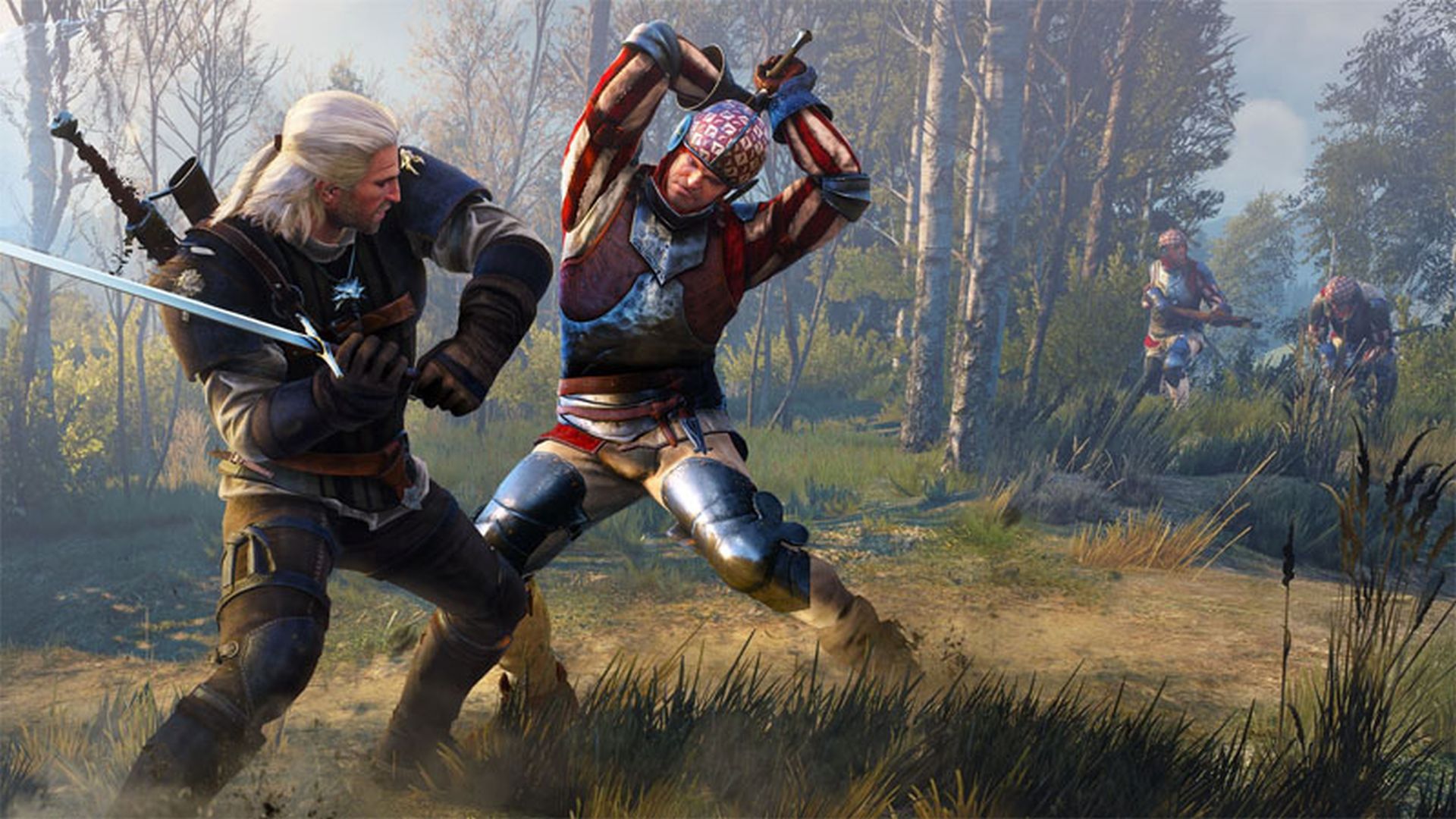
When it comes to making things work together that probably shouldn't, Takaya Imamura is an expert. The ex-Nintendo legend combined anthropomorphic animals with fighter pilot dogfights in space for Star Fox, drenched Link in existential dread as art director for The Legend of Zelda: Majora's Mask, and riffed on Mario Kart with more high-speed violence in F-Zero. His latest game, Omega 6 The Triangle Stars, is an interactive visual novel with a combat system that largely draws on rock, paper, scissors.
Predicting where Imamura's ideas will take him next is a fruitless endeavor – unless you ask the man himself. During a chat to discuss Omega 6, I asked who his dream collaboration would be for whatever comes next - and in typical fashion, his hypothetical project didn't disappoint.
"To tell the truth, I really really like The Witcher 3," shared Imamura. "I don't know whether we'd get on, but I'd love to work with CD Projekt Red on something. I'd love to do a Star Wars game with them."
At first glance, that reads like a wild game of pop culture bingo. But the more you think about it, the clearer you can see that dreamy space where Star Wars, The Witcher, and Imamura's Venn diagrams overlap – and now, I'm ready to bat for a future where his dream is realized.
A terrible fate
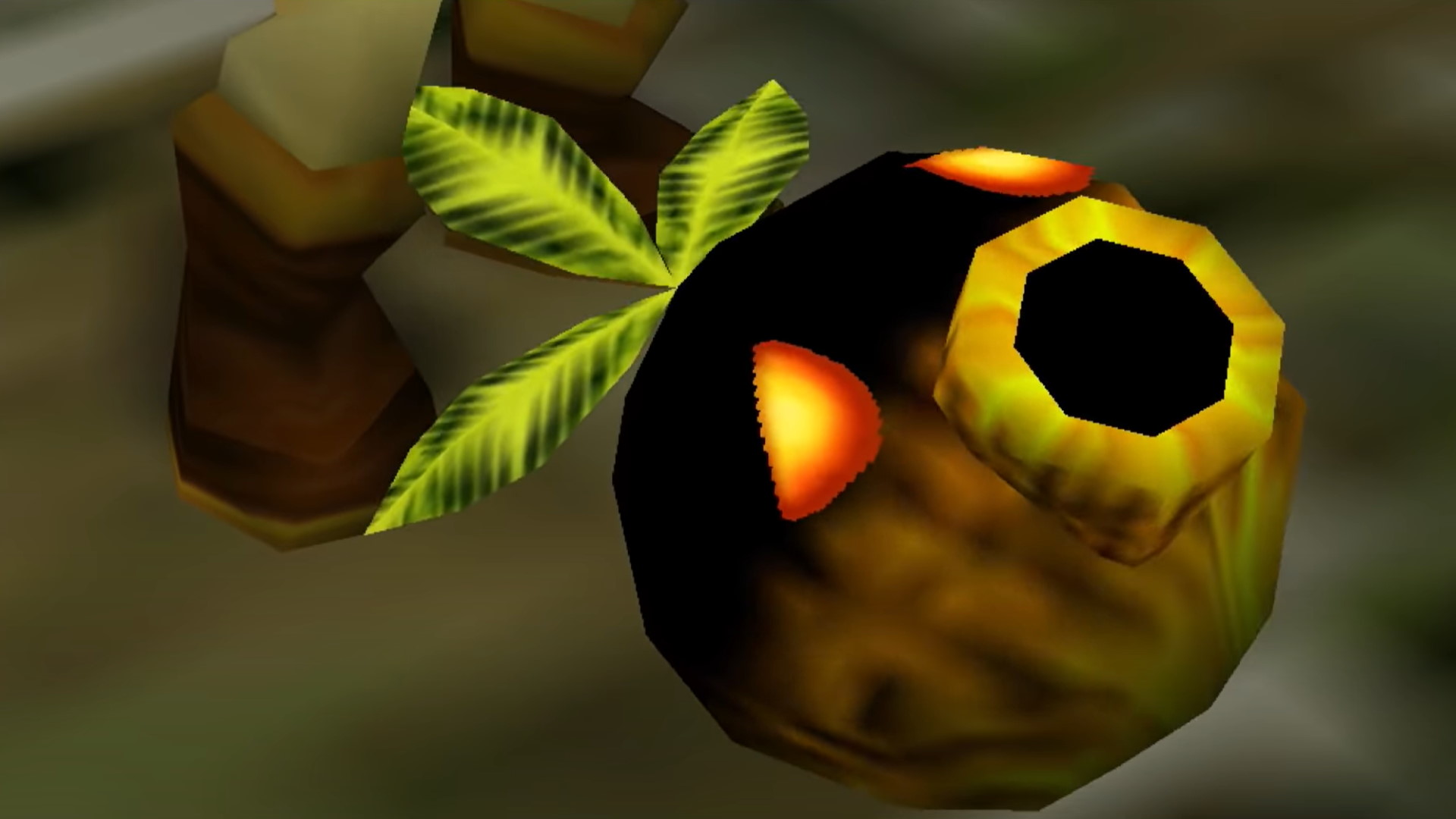
If you ask me to name some of the darkest fantasy games around, The Witcher 3 and The Legend of Zelda: Majora's Mask would both rank very highly. Geralt's quest to save Ciri is steeped in tragedy. Even the most straightforward side quest forces you into making morally gray decisions – the needs of the many outweighing the needs of the few is a particularly common theme, but that cold logic rarely absolves your guilt when it comes to the fate of the few.
Even the "right" decisions leave you feeling like you've sucked down cold mud – In The Heart of the Woods twists the knife whether you choose to help a village destroy or bond with the monstrous leshen stalking its surrounding forest, while The Bloody Baron's familial drama is tearful at best and soul-crushing at worst.
Majora's Mask isn't as gory as The Witcher, but when it comes to exploring the human condition, it's just as bleak. For those who haven't played one of the best Zelda games, Majora's Mask is set in an eerie alternate realm to Hyrule called Termina, where a leering moon is just three days away from falling from the sky. Link has just three days to save Termina from its lunar fate, and if you run out of time, it's shown in no uncertain terms that the land and everyone in it is violently destroyed.
On the first day, local carpenters refuse to merit the fact the moon will even fall, and insist on holding the annual Carnival of Time regardless. Some characters are already convinced it's plummeting, but true realization doesn't sink in until it's essentially too late to do anything about it. A postman can't bring himself to abandon the people on his route, despite his terror, while separated fiances Anju and Kafei choose to reunite and spend their last moments together. It's an examination of how we respond to imminent death – an unflinching look at the scream before a crash – and to this day, remains one of Nintendo's darkest games.
Sign up to the GamesRadar+ Newsletter
Weekly digests, tales from the communities you love, and more
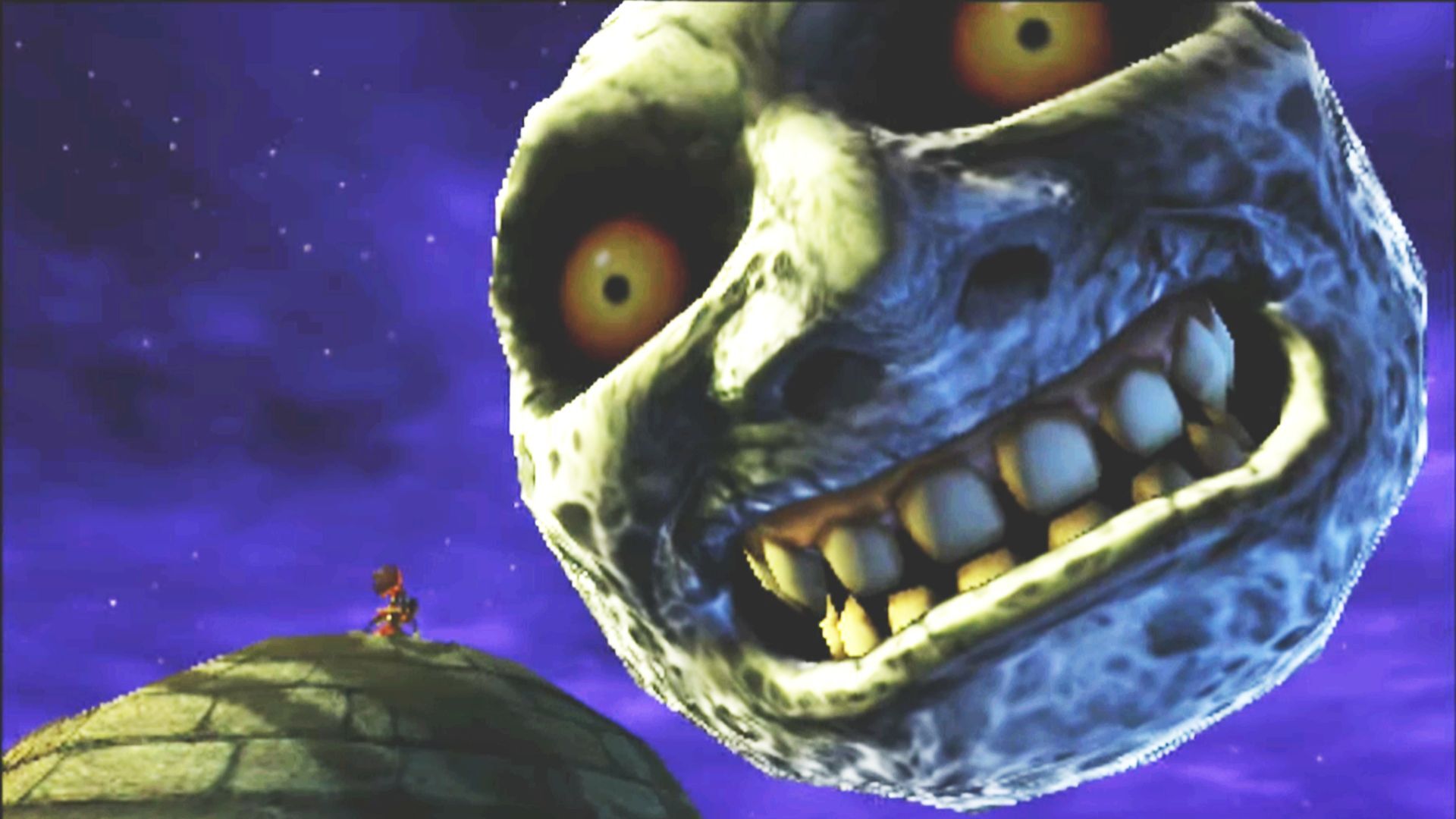
As the art director for Majora's Mask, Imamura was largely responsible for some of the game's most darker imagery. Think of the moon with a human face, which grins and cries over you as it looms, or the intensity of the eponymous purple mask that drives the antagonistic Skull Kid – who is himself a victim in many ways – from childish pranks to abuse and would-be mass murder. It's a tone that Imamura picked up and ran with.
"The direction of dark fantasy itself came from the director, [Yoshiaki] Koizumi-san," says Imamura. "But when I got assigned to it, I started sketching the moon, the mask – that was my design – so that was one of the reasons it went in that direction. One of the other [reasons] is just that when I start working, I get into it – I'm really fast. So before we knew it, we already had the basis of this world."
With that in mind, I can already see a world where the bleaker tone of Disney's Andor is given life through the Imamura-CDPR collaboration I'm desperately trying to manifest. CD Projekt Red's Cyberpunk 2077 is one of the best sci-fi games going – and with the amount of characters in it that want to escape Night City for a life on the moon, I'm starting to suspect the studio is projecting something. Even less needs to be said of Imamura, whose vast vast body of work is almost always set amongst the stars.
So, yeah: this may well be Imamura's pipe dream, but now it's my pipe dream too. Hit me with side quests that force you to choose between entire planets, and let me soak my eyeballs in Imamura's take on a galaxy far, far away. Squeeze a few hands of Gwent into that world, and I won't even ask for a matchmaker's fee.

Andy Brown is the Features Editor of Gamesradar+, and joined the site in June 2024. Before arriving here, Andy earned a degree in Journalism and wrote about games and music at NME, all while trying (and failing) to hide a crippling obsession with strategy games. When he’s not bossing soldiers around in Total War, Andy can usually be found cleaning up after his chaotic husky Teemo, lost in a massive RPG, or diving into the latest soulslike – and writing about it for your amusement.
